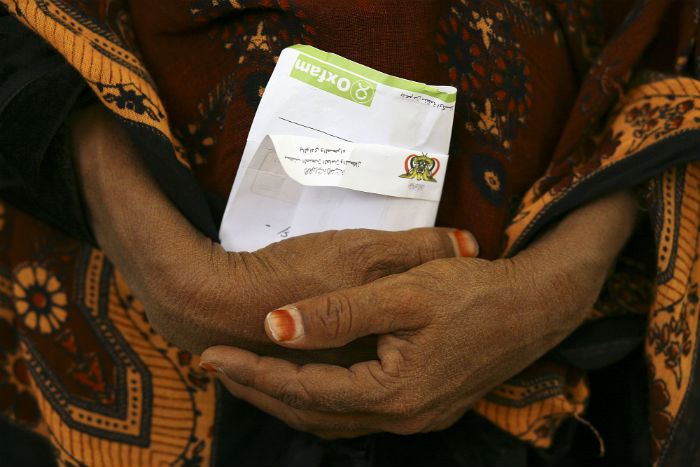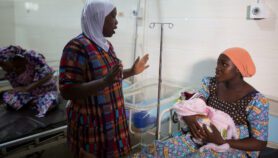By: Inga Vesper
Send to a friend
The details you provide on this page will not be used to send unsolicited email, and will not be sold to a 3rd party. See privacy policy.
Countries that forbid and punish abortions have higher termination rates than countries that permit and support these procedures, a study has found.
Research published today in The Lancet shows that abortion rates have dropped significantly in developed countries where abortions are allowed. But rates have remained static in developing countries where the procedure is criminalised and often undertaken in illicit, unsafe environments.
The evidence indicates that access to good healthcare and modern contraception are the most important factors in reducing abortion rates, says Gilda Sedgh, the study’s lead author and a researcher at the Guttmacher Institute, a US organisation that aims to advance sexual and reproductive rights.
“The obvious interpretation is that criminalising abortion does not prevent it, but rather drives women to seek illegal services or methods.”
Diana Greene Foster, University of California
“In developing countries, family planning services do not seem to be keeping up with the increasing desire for smaller families,” Sedgh explains. “More than 80 per cent of unintended pregnancies are experienced by women with an unmet need for modern methods of contraception, and many unwanted pregnancies end in abortion.”
The study shows that in poor countries where abortions are a crime, around 37 in 1,000 women have an abortion each year. This rate has stayed more or less constant since 1990, the researchers say.
In contrast, in developed European and North American countries where abortions have become part of normal healthcare in recent decades, the number of procedures fell from around 35 per 1,000 women in 1990 to just 25 in 2014.
The researchers estimate that the fallout from unsafe, illicit abortions costs health systems in developing countries around US$300 million a year. More investment in providing reliable contraception methods and legal abortion services would cut these costs and reduce abortion rates, they say.
“The obvious interpretation is that criminalising abortion does not prevent it, but rather drives women to seek illegal services or methods,” says Diana Greene Foster, a health researcher at the University of California, San Francisco, also in the United States.
Foster, however, adds that the Lancet study fails to highlight the fact that many women in countries where abortion is illegal carry unwanted children to term. This increases the risk of child mortality, as these women struggle to care for children they do not want or cannot afford, she says.References
Gilda Sedgh and others Abortion incidence between 1990 and 2014: global, regional, and subregional levels and trends (The Lancet, 11 May 2016)














